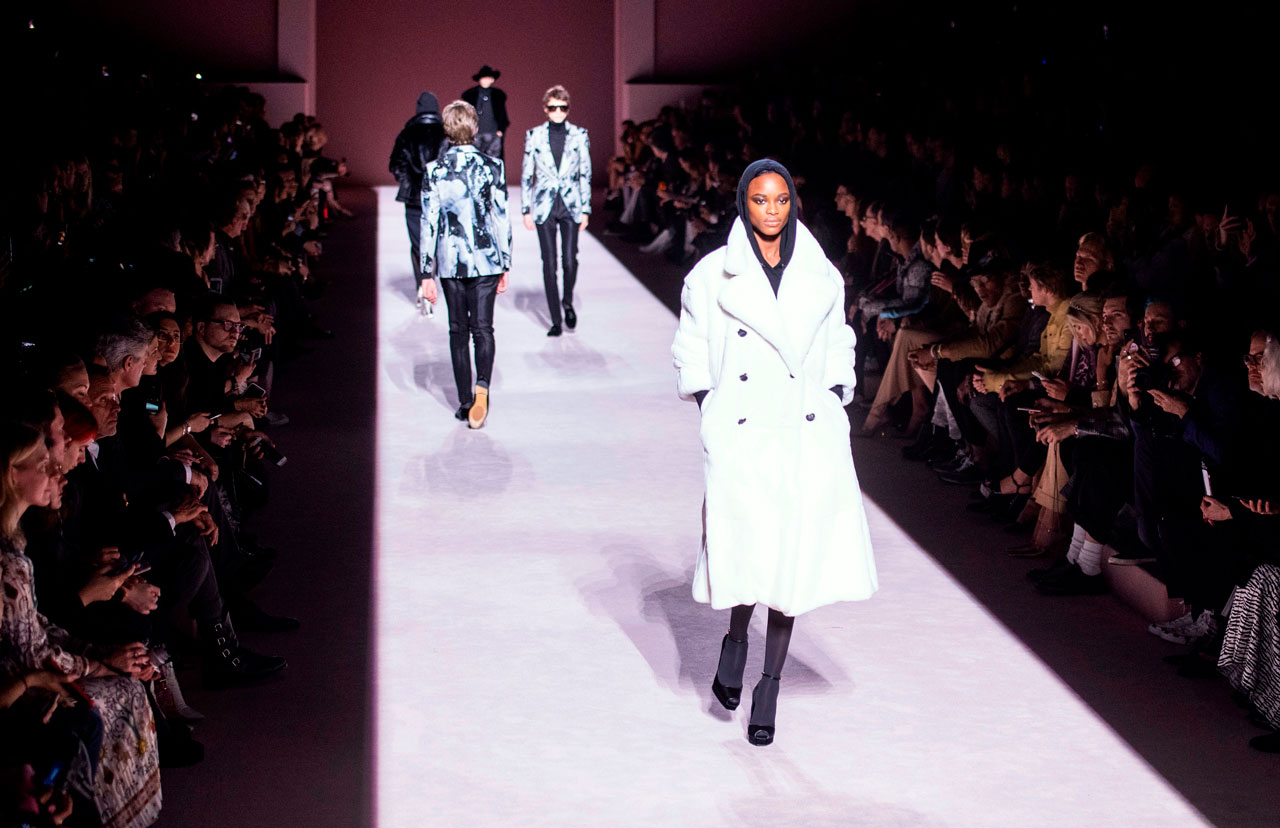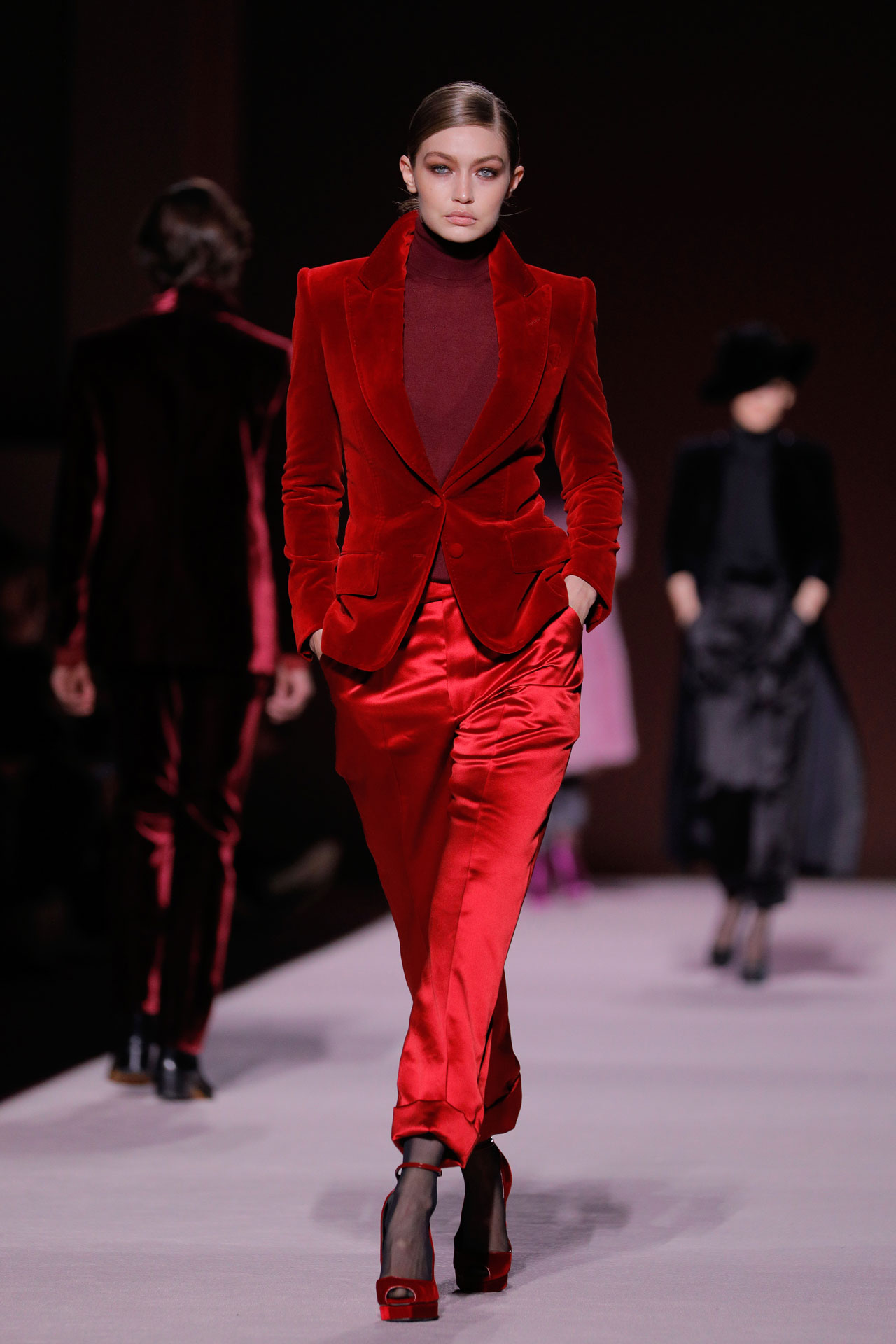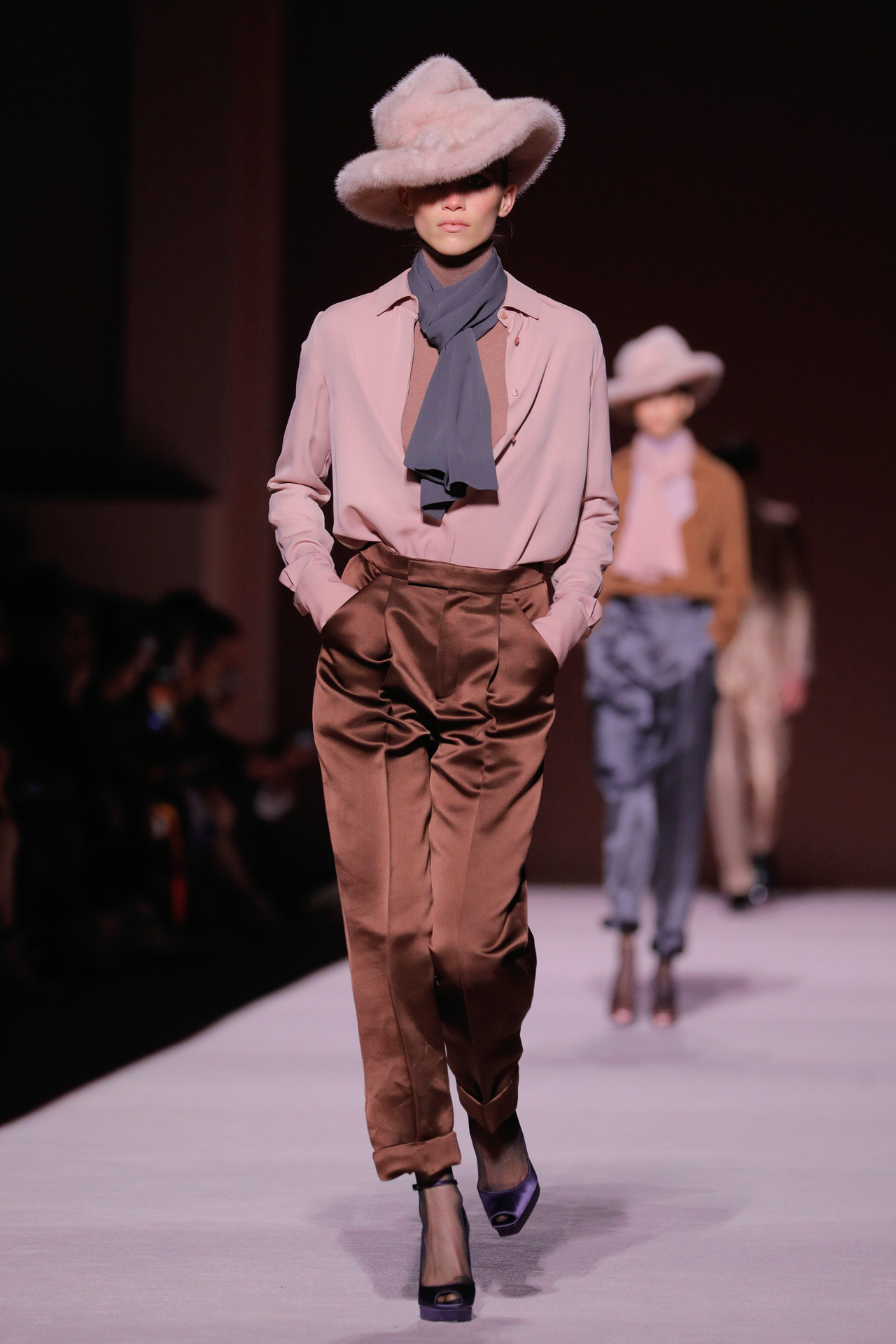News feed

There is much speculation among industry insiders that New York Fashion Week is becoming collateral in the changing face of global fashion. As the official autumn winter 2019 shows kick off today, unlike its London, Paris and Milan counterparts, NYFW is the one particularly tussled over. It bears the brunt of (and quite often instigates) new movements of the modern world, be it ethical, political or social. To counter this, designers that show in New York are having to shape up or ship out, so to speak. These days, runway presentations have to meet the needs of a multi-layered and exceptionally woke audience. Today’s fashion follower is vocal, and thanks to social media, widely heard. And, in addition (and possibly contrast) to ethical motivations, this consumer has an insatiable shop-now appetite.
It’s easy to see then why some designers have had a difficult time appropriating long-held processes to the new era. Some, like Alexander Wang, have moved their shows to non-fashion week locations, while some, like Calvin Klein (who is currently troubleshooting the sudden departure of creative director Raf Simons) are not showing at all.
However, if there is one designer who embodies the antithesis of fashion week dejection, it’s Tom Ford. The ever-changing zeitgeist is what makes this design house thrive. Ford and his team have successfully embraced the social media friend-foe (his unexpected collaboration with Australian spoof-influencer Celeste Barber was a worldwide hit last year) and he has revelled in the general changing of the guard. Today, Ford presented his autumn/winter 2019 collections with the men’s and women’s interwoven for the first time. And for the armchair fashion-fan? It was live-streamed via Instagram Live.
Ford is not just a designer. He is a master puppeteer in giving people what they want. Today’s show was deliciously theatrical, yet also a retail safeguard. A deliverance of forties cinematic styling that tangoed with sexy seventies disco in pieces one could also imagine immediately wearing out for dinner. The designer, who, following success as a film director for A Single Man and Nocturnal Animals, could have also been showing a (very intentionally) wearable and chic costume direction for an upcoming cinema project.
Today’s collection brought elements of traditional YSL Parisian ‘Le Smoking’ façade, by way of monochromatic satin trousers suited with velvet blazers, paired with slick hair and a few furry-but-not-fur brimmed hats. Driving gloves and wildly plush leading-lady overcoats gave plenty of atmosphere to the feeling that this Ford character is just missing her foot-long cigarette holder and a snappy one-liner. The evening gowns, which rounded out the show, continued his pleasurably commercial-yet-decadent collection with draped film-noir dresses in simple bias cuts and muted colours. Linked chain work fastened to the necklines and backs of most kicked each gown into at-the-ready red-carpet territory.
And while the collections were intertwined, there was clear gender distinction between the men’s and women’s. With the exception of velvet jackets in both, the men’s skinny suiting-and-sunglasses look was more Reservoir Dogs, than Humphrey Bogart. So, in that sense, the two collections were more parallel than combined. But Ford knows his customer, and he delivers.

In the argument of the future of fashion weeks it’s true that the traditional execution of a bi-annual presentation of fashion to the world is largely outdated. People buy on a whim, from an app, off the back of an influencer, from a heavily-marketed online store and from the power of the celebrity spruik. The idea of showing a collection in February then selling it in September is a form of retail now with waning success. With fashion weeks changing to become A-list, red-carpeted, influencer-heavy events and pieces from collections streamed to the public moments after they’ve appeared on the runway, designers need to move quickly. The risk of high street copies hitting shelves before the real deal is even in production is an issue. The future is ferociously fast and competitive so for mass-label houses like Tom Ford we can likely expect to see pieces in stores sooner than later. His focus on wearability, consumer demand, quality and classic elegance is insurance against these fickle times and means we’re more than happy to wait a few months to get our hands on that. white. coat.











